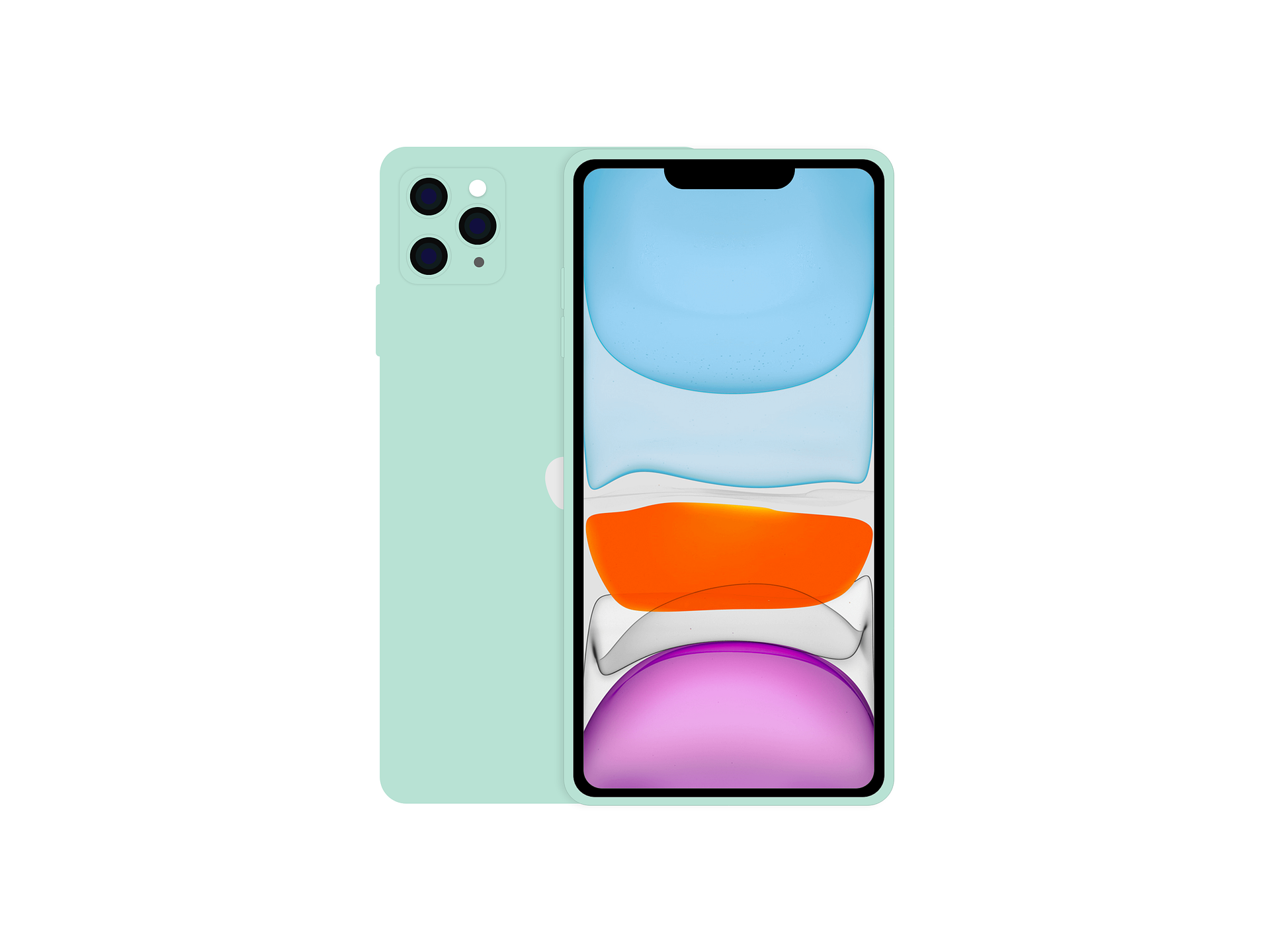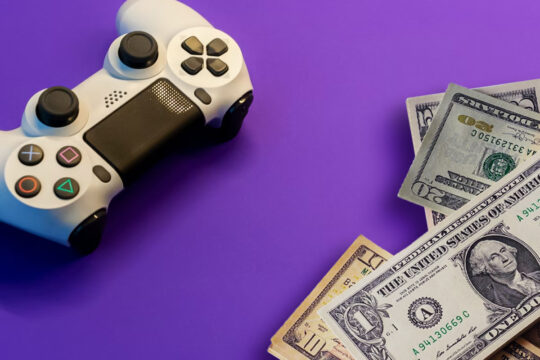 Samsung’s new Galaxy S20 smartphones, which were launched on March 6 (deliveries start), have a lot of features and capabilities that are missing from Apple iPhones. They support 5G connectivity, for example, and have an on-screen fingerprint sensor and higher resolution cameras, among other devices. The most expensive model even has an extraordinary 108 megapixel camera.
Samsung’s new Galaxy S20 smartphones, which were launched on March 6 (deliveries start), have a lot of features and capabilities that are missing from Apple iPhones. They support 5G connectivity, for example, and have an on-screen fingerprint sensor and higher resolution cameras, among other devices. The most expensive model even has an extraordinary 108 megapixel camera.
But Apple’s iPhone 11, which includes some cheaper models than Samsung’s, also has some features not found in the Galaxy S20 family. Some of these features are software-based and involve the iPhone’s camera, while others are related to the display on Apple smartphones. And certain qualities are centered on Apple’s iOS ecosystem and the benefits it offers as opposed to Android’s operating systems which are more fragmented by Google.
You’ll also notice that while Samsung’s advantages focus on flash features for hardware, such as camera sensors and biometric scanners, Apple’s assets are somewhat more subtle and are woven into the operating system. Here’s a closer look at some of the features available on Apple’s iPhone 11 and 11 Pro, which you can’t get on Samsung’s Samsung S20 devices.
A screen that can adjust its color to match the ambient light of the surroundings
Recent Apple iPhones have a feature called True Tone, which adjusts the color temperature of your device’s screen to match the lighting in your environment. In other words, it’s the feature that makes your iPhone’s screen look warmer and clearer. that bluish hue found on the screens of many electronics. It’s not just the iPhone 11 line that offers True Tone. Older iPhones, including iPhone 8 and later, have TrueTone, as well as iPad Pro and iPad Air.
Lighting effects for portrait mode photos
Samsung Galaxy phones and Apple iPhones have each offered the ability to take bokeh photos for years. In 2017, however, Apple introduced Portrait Lighting, which, as the name suggests, makes it so you can add lighting effects specific to photos taken in Portrait mode. Such effects include natural light, which creates a soft look and contour light, which adds shadows to the contour of the face, among other effects. These effects are essential when taking photos, it doesn’t matter if you take some selfies or you just want to show your friends some pictures of your new nanoblock collection. If you want to impress them, you better use these effects and increase your chances to make your friends go wow when they see your photos.
Although the iPhone 8 Plus and newer versions offer portrait lighting, the number of effects available depends on the model. The iPhone 8 Plus and iPhone X, for example, have five portrait lighting effects, while the iPhone XR has three, and the iPhone XS, XS Max, 11, 11 Pro and 11 Pro Max have six.
Samsung Galaxy S20 offers some effects for Live Focus, its alternative to Portrait of Apple mode, but it does not have filters that allow you to adjust the lighting style.
A full-featured text application with end-to-end encryption
Thanks to Google’s recent decision to bring Rich Communication Services (RCS) technology into its messaging app, Android devices such as Samsung’s latest Galaxy phones receive features that Apple has long offered through the iMessage that Android lacked. Such features include Wi-Fi messaging, deliveries and read receptions.
But RCS does not offer end-to-end encryption, as Apple’s iMessage platform does. End-to-end encryption, as the name implies, makes messages indecipherable to no one but the sender and recipient. End-to-end encryption ensures that any data sent through an application cannot be decrypted if it is intercepted – not even by the company operating the messaging platform.
A phone application that can send unknown callers to voicemail.
With Apple’s iOS 13 update that debuted last fall, you’re no longer dealing with making unwanted calls. Those using an iPhone can activate a feature called “Silence unknown callers”, which sends calls from phone numbers that are not known to you directly to voicemail. This means that it will only show calls from numbers found in applications such as Contacts, Messages and Mail.
Samsung phones are capable of detecting and signaling spam callers, but do not send calls directly to voicemail, as the iPhone does.
The latest operating system is updated as soon as it is released
A big advantage of Apple’s iOS ecosystem compared to Android is that the latest version of the operating system is pushed in all supported iPhones at the same time. Because Apple operates both the software and the hardware, it fully controls when updates are implemented.
This is not the case with Android. Because Google Android software runs on several types of devices made by different companies, there is a much bigger option when it comes to launching the timeline. Google Pixel phones usually get updates first, but if you have a smartphone made by another Android device maker like Samsung, LG, or Motorola, the calendar may vary.
Apple says 70% of all phones use iOS 13, citing data from the App Store. Google’s Android developer dashboard does not include Android 10, but it is said that 10.4% of devices run Android 9 older as of May 7, 2019.
Conclusion
Apple doesn’t necessarily care to be the first when it comes to new technologies, such as curved displays, 5G, etc. but pays close attention to software details. From our point of view, both phones are good, depending on what you want, better software or hardware.



